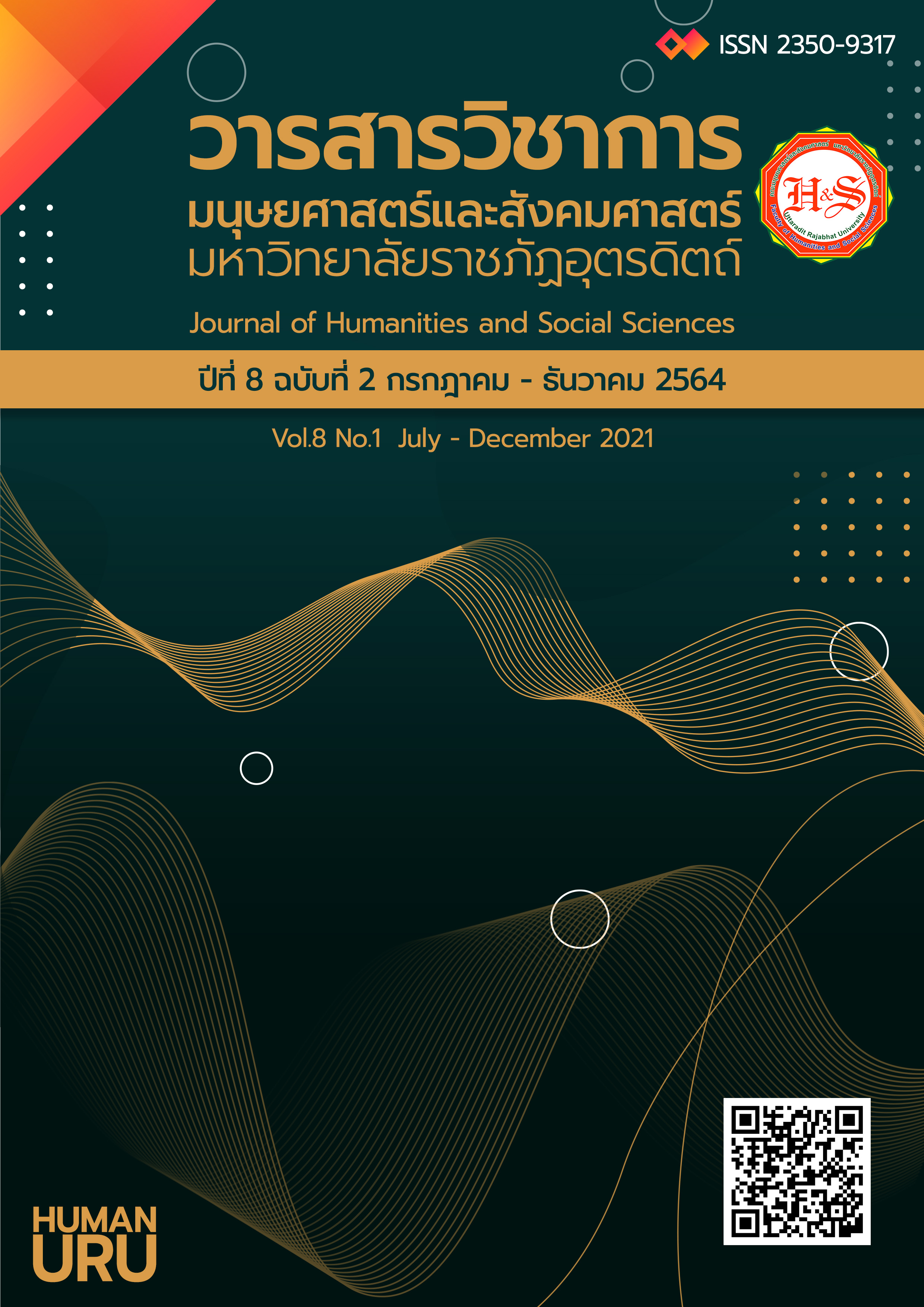Collaborative Learning Based on Differentiated Instruction for Students
Keywords:
Teaching process, Collaborative Learning, Differentiated InstructionAbstract
Abstract
The current study has been rapidly changed, including learners who are different and diverse. The teaching and learning process need to be developed to be up-to-date. The application of knowledge and integration of science to suit the context of learners and instructors plays an important role in arranging the teaching and learning process for different learners today, and allows students to apply the knowledge learned in the classroom to their daily life with the highest quality. Teachers must recognize the importance of arranging learning activities that respond to different learners in the classroom, and also pay attention to the preparation of the activity process thoroughly. Teacher should focus on individual learners for the quality of teaching and learning activities and planning for diverse and fair measurements and assessments so that the results of the assessment can be used to improve and develop the teaching and learning process further. The authors recognize the value and importance of Collaborative Learning Based on Differentiated Instruction which has features that focus on activities for diversity learners to learn together in terms of their needs, interests and abilities. It also brings them together with the different talents to support each other in their work. It is to develop the ability of oneself and friends in the group. If teachers can organize quality of learning activities, students will be successful in learning and apply them in real life.
References
เอกสารอ้างอิง
บุญชม ศรีสะอาด. (2545). การวิจัยเบื้องต้น. (พิมพ์ครั้งที่ 9). กรุงเทพฯ: สุวีริยาสาส์น.
ทิศนา แขมมณี. (2553). ศาสตร์การสอน: องค์ความรู้เพื่อการจัดกระบวนการเรียนรู้ที่มีประสิทธิภาพ.
(พิมพ์ครั้งที่ 12) กรุงเทพฯ : สำนักพิมพ์จุฬาลงกรณ์มหาวิทยาลัย.
สิทธิมา ลายเสมา และ พัลลภ พิริยะสุรวงศ์. (2555). การเรียนรู้ร่วมกันในสภาพแวดล้อมการเรียนแบบ
u-Learning. 23(3). วารสารวิทยบริการ. หน้า 100-107.
อังศินันท์ อินทรกำแหง. (2547). การเรียนรู้ร่วมกันสู่ความสำเร็จตามเป้าหมาย. 10(1). วารสารพฤติกรรม
ศาสตร์. หน้า 52-58.
Corley, M. A. (2015). Differentiated Instruction Adjusting to the Needs of All
Learners. American Institutes for Research Washington, D.C., United States.
Newmann, F M, and G G Wehlege. (1993). Five Standards of Authentic Instruction.
Educational Leadership, 50(7), pp. 8-12
Subban, P. (2006). Differentiated instruction: A research basis. International.
Education Journal, 7(7), 935-947. ISSN 1443-1475: Shannon.
Research Press. Retrieved April 22, 2019, from http://iej.com.au.
Tomlinson, C. (2001). How to Differentiate Instruction in Mixed-Ability
Classrooms (2nd ed). Association for Supervision and Curriculum Development
Alexandria, Virginia USA, pp. 1-2.
Vygotsky, L. S. (1978). Mind in Society. Cambridge. MA: Harvard University Press.
Downloads
Published
Versions
- 2022-01-24 (3)
- 2022-01-24 (2)
- 2021-12-30 (1)
How to Cite
Issue
Section
License
Copyright (c) 2021 Journal of Humanities and Social Sciences Uttaradit Rajabhat University

This work is licensed under a Creative Commons Attribution-NonCommercial-NoDerivatives 4.0 International License.
บทความเป็นลิขสิทธิของคณะมส. มรภ อต.


